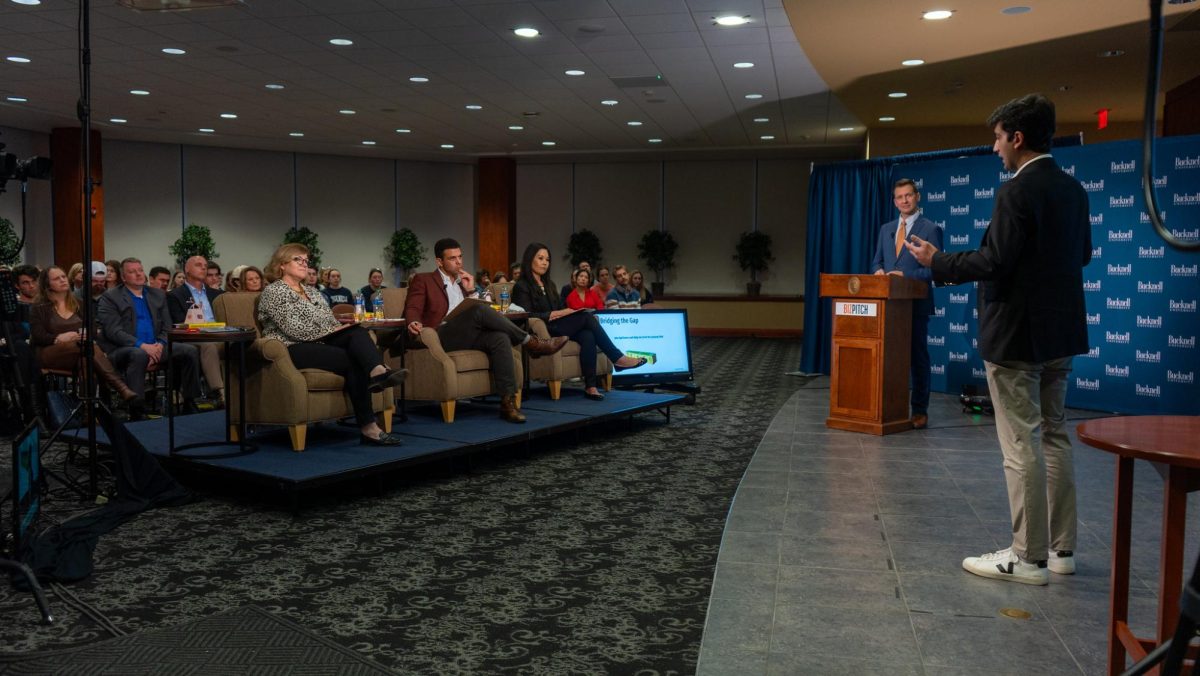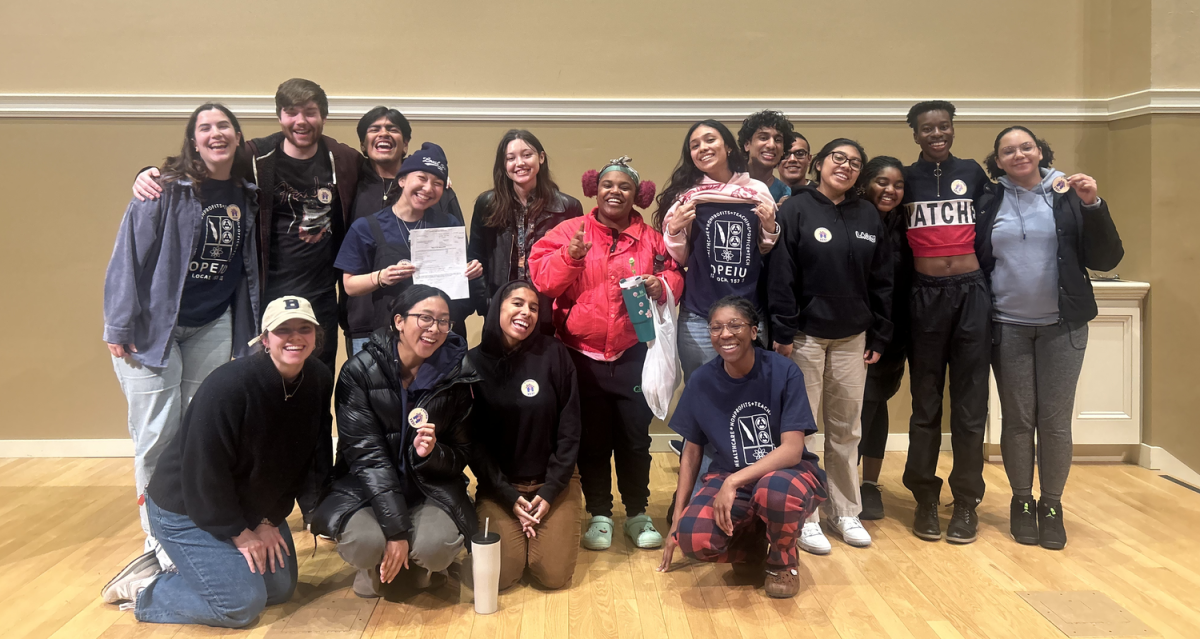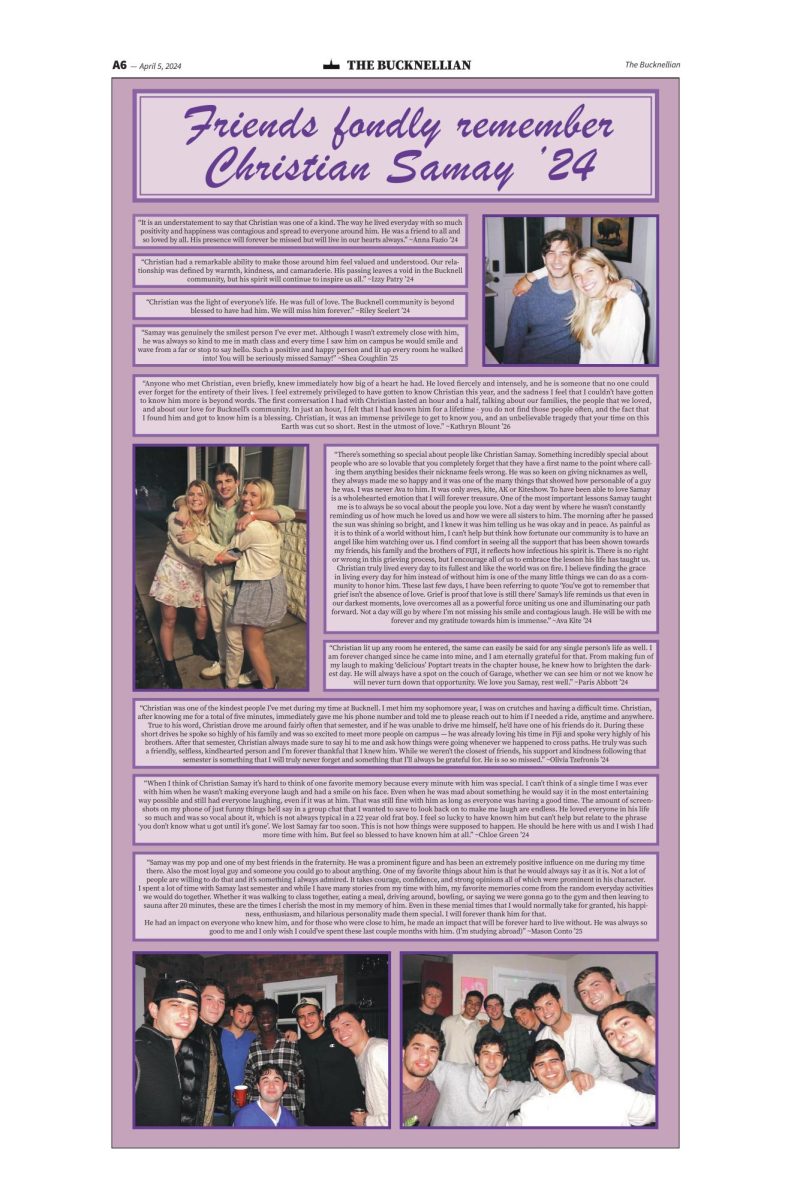Access denied: The consequences of the University’s building access restriction policy
April 14, 2016
While the University claims that it strives to create an environment that encourages students to engage with their friends and make the most of their time on campus the dorm access restriction policy prevents exactly this. Since students do not have access to other dorms after 11 p.m. on weekdays and 1 a.m. on weekends, arguably a prime hangout time for students with flexible schedules that allow for late nights, they are discouraged from engaging with their peers. Some may suggest that these policies create a safer campus, but limiting student access to dorms only works to inconvenience busy students. In reality, students gain access to these dorms even when they are restricted access, but they will have to wait outside, likely in the freezing weather, for a friend or random resident to enable their entry.
Only the brightest, most promising students with numerous recommendations and robust histories of success are admitted to the University. During orientation, new students are taught to “honor Bucknell by upholding the policies that support our community standards.” This holistic admissions process should grant admitted students unrestricted entry to the University’s buildings. By restricting access to dormitories, the University implicitly expresses distrust for its own student body. An attractive feature of college campuses is the connectivity between students. By limiting students’ access to their friends’ dorms, the administration is effectively decreasing the connectivity among its student body. If the University administration wishes to encourage student engagement, students should be allowed access to the buildings in which their classmates reside.
Parallels can be drawn between the building restriction policy and the blue light system on campus. These safety devices may increase the perception of a safer campus, but in reality, the devices have little tangible effect on decreasing campus accidents and crime.
Valerie Lucus-McEwen, an emergency manager at California State University, Long Beach, believes that blue light systems such as our own “offer a false sense of security.” However, campus blue light systems, like the building restriction policy, will not be removed for a very predictable reason.
“The major argument for keeping them is that parents and students want them … the units’ visibility adds value to the perception of security, or that they play a role in application decisions,” Lucus-McEwen said.
As universities tend to value appearances above all else, it makes sense that perception-based safety devices of restricted building access policies for students and blue light systems are used. The University invests in expensive blue light systems because its administration values the perception of a safer campus more than actual safety. While the blue light system is monetarily expensive, the restricted building access policy is opportunistically expensive for students as they are forced to consistently wait outside buildings. These costs are unfair to the student body and provide little benefit to campus safety. Implementing a more inclusive dorm access policy would serve to increase student integration and create a happier academic environment.























